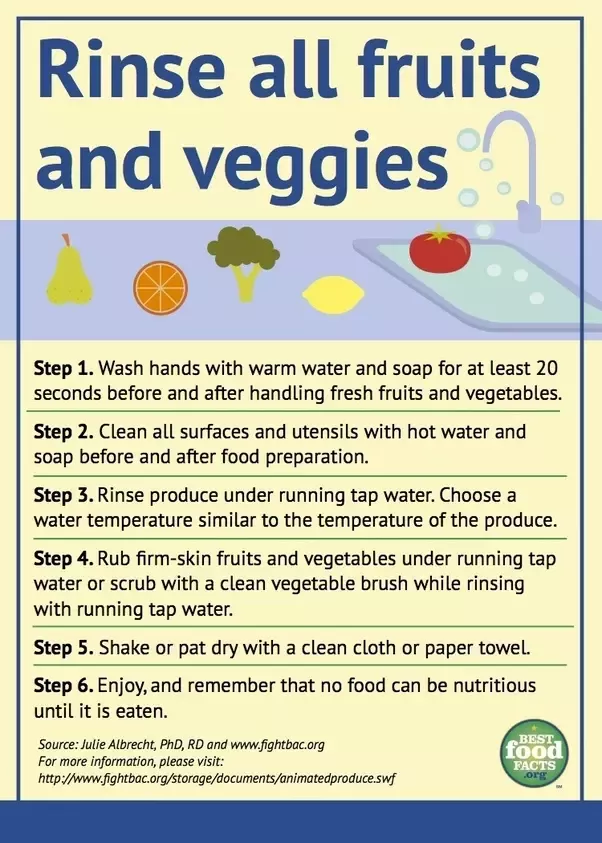How to Wash Grapes to Ensure Safe Consumption: Essential Steps and Tips
– Grapes belong to the Dirty Dozen, a list of produce with high levels of pesticides
– The Environmental Working Group recommends buying organic grapes, but they can be expensive
– Washing grapes adds moisture and can cause them to decompose faster
– It’s best to only wash grapes that you plan to eat right away or in the near future
– The waxy white film on grapes, called the bloom, helps keep them fresh
– To wash grapes, empty them into a colander and rinse with cool water, moving them around to clean all sides
– If desired, sprinkle a little baking soda and/or salt on the grapes and gently scrub to remove the bloom
– Rinse off the baking soda and/or salt with cool water and dry the grapes with a dish towel or paper towel
– Excess moisture can lead to faster spoiling, so let the grapes dry completely after washing
– Grapes should be stored in a ventilated bag in the refrigerator to help preserve them for up to three weeks.
– It is best not to wash grapes until right before eating to avoid moldy or inedible grapes.
– Unwashed grapes can harbor viruses and bacteria such as salmonella, E. coli, and Listeria.
